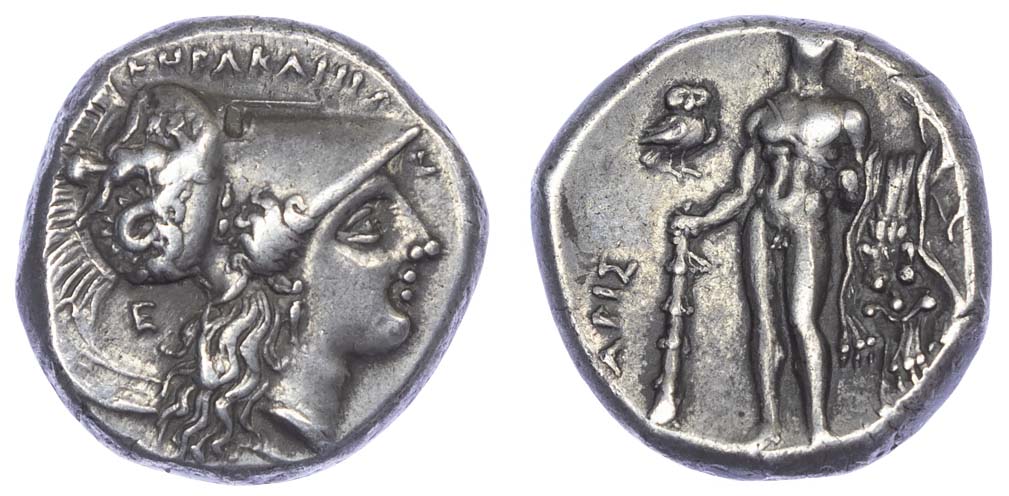
The mythology of Greek hero Herakles is filled with fascinating and courageous deeds, some even devastating and brutal, however, there is nothing quite like the story of Herakles and the Lydian Queen Omphale. Lydia was an ancient kingdom in Asia Minor, in modern-day Turkey. The Lydians did not speak Greek and were therefore considered barbarians by the Greeks. The ancient historian Herodotus claims that the Lydians were the first people to mint coinage and these earliest coins were made of electrum, an alloy of gold and silver.

The myth goes that Herakles had sought the Delphic oracle to find how to purify himself after murdering his friend Iphitus and stealing the Delphic tripod. In an uncontrollable fit of rage, he hurled Iphitus from the walls of Tiryns into death. Following the murder of Iphitus, Herakles got a terrible illness, as a result of his violent outburst. He travelled to the oracle at Delphi to seek guidance and a remedy. However, the Pythian priestess did not give him an answer. Yet another fit of rage consumed Herakles and he began to destroy the temple and tried to make off with the Delphic tripod.

After the episode, the Athenian playwright Sophocles writes of Herakles feeling deep shame and dishonour. The Delphic oracle declared that Herakles must be sold into slavery for a year for his horrible deeds. In the Greek world, the slaves usually came from foreign countries. The enslavement of the Greek hero Herakles by a Lydian Queen would have been seen as outrageous. It was said that Queen Omphale bought the hero from the god Hermes. Herakles was to serve a foreign woman, a barbarian by Greek standards. However, the story takes a somewhat unexpected and provocative tone. During his enslavement, Herakles and Omphale inverted their gender roles: Herakles was to do what was traditionally women’s work and wear women’s clothing. Meanwhile, Omphale wore his Nemean lion skin and headdress and carried his club. This rare coin shown below depicts Omphale in the lion’s skin, with the club of Herakles on her shoulder.
A scarce depiction to be found on coins, the relationship between Herakles and Omphale inspired a number of paintings in the Renaissance and Baroque periods, with the pair depicted as lovers, each with the recognizable attributes that codified gender roles at the time. The Roman mosaic below depicts the role reversal with Omphale clad in lion skin and Herakles in a woman’s garment holding wool on a spindle. After some time in her service Omphale freed Herakles and took him as her husband. The reason this particular episode in the story of Herakles remained popular through the centuries is because it gave the artists the license to explore erotic themes and gender roles further, in an unprecedented manner, relying on ancient predecessors.

This article was written by Sales Executive Ema Sikic (ema@baldwin.co.uk).



